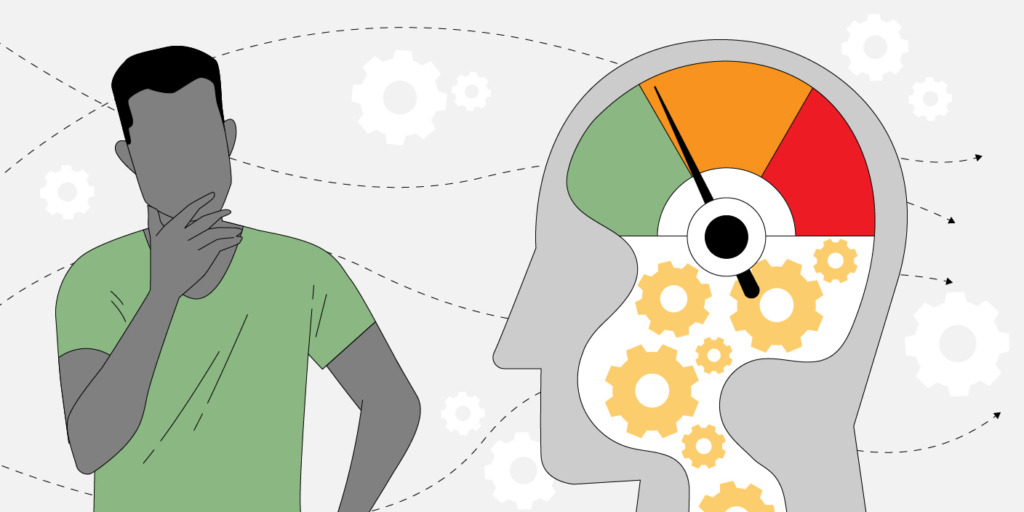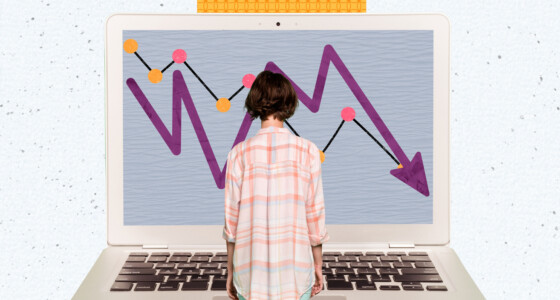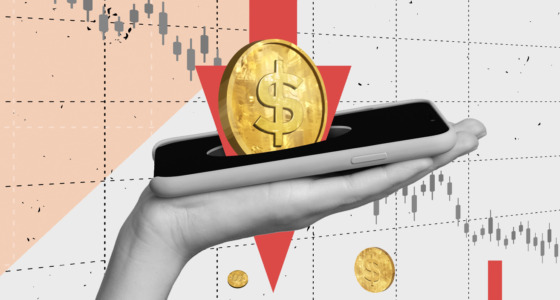

The hungriest man in history, a Frenchman called Tarrare, still perplexes experts to this day. Born in 1772, this man with a medical anomaly had an insatiable appetite, which forced him into a miserable life. One could assume that a trader with an insatiable risk appetite would be equally unhappy.
Each person naturally has a different propensity for risk. When you look at risk from a trader’s perspective, you also need to factor in your time horizon, capital, lifestyle, and many other variables. This article will help you figure it out.
Types of risk appetite

There are three main categories that your risk appetite can fall into.
1. Aggressive
Most aggressive traders are focused on short-term profits; this dictates their asset allocation. These traders have a high risk appetite and are after higher-than-average gains.
Compared to other market players, they have an over-optimistic approach towards their trades, and their capital preservation can sometimes take a back seat. But they don’t mind taking a calculated risk.
2. Moderate
These traders are somewhere in between two camps. With some positions, they take a more aggressive approach; with other ones, they are unwilling to risk a loss. Some would say that it’s the most balanced approach.
Such a portfolio can have a customized composition—for example, 40% aggressive and 60% conservative, 50/50, or something else.
3. Conservative
This trader either wants to preserve their capital or keep their assets on the market over a long enough time period. They only consider stable and low-risk investment options, which historically generate fairly low rates of return but don’t experience wild swings in value.
Questions to determine your risk tolerance

These questions should be on every trader’s risk tolerance questionnaire:
- What are your goals? Do you want to gain financial independence, pay for education, save for retirement, or do something else?
- How much capital do you have? Will you increase your trading capital each month? How is it going to change in the future?
- What percentage of your capital can you afford to lose?
- When do you plan on using the returns? Can you leave your assets for years? How many years will you be making withdrawals from your account?
- Do you have non-invested savings? How much will you contribute to your savings going further?
- How often do you want to track your investments? Day-to-day, week-to-week, or semi-regularly?
- How would you react if you lost 20% of your portfolio? What if you lost it overnight?
- What’s more important to you: maximizing your returns or avoiding losses?
- How do you feel about market fluctuations?

Factors that affect your risk appetite

After determining your comfort level with uncertainty, you should consider these factors:
- Age: Younger traders can usually take on bigger risks than older individuals because they have more time to make up for losses.
- Income: If you have a higher capital base and a regular income, you can afford a bigger risk.
- Timeline: If you need a certain sum of capital in twenty years, you can be more conservative than a person with a five-year time horizon.
- Portfolio size: The bigger the portfolio value, the more risk it can take. If one asset loses value, the percentage drop will be lower for a larger portfolio.
- Family: Consider the number of earning members and dependents in your family. This will affect how much spare capital you have, thus affecting your trading capacity.
- Experience: Beginner traders should be cautious with their trades and keep their trade size to a minimum.
Translating risk appetite into a trading strategy
The level of acceptable risk is one of the most important factors when choosing a trading strategy that suits your needs and requirements. People with a higher risk appetite can consider day trading or scaling; more conservative traders can opt for position or trend trading.
If you know your risk appetite, you will be in a better position to pick the right trades. Along with risk, you should consider your personality type, level of discipline, and availability.








